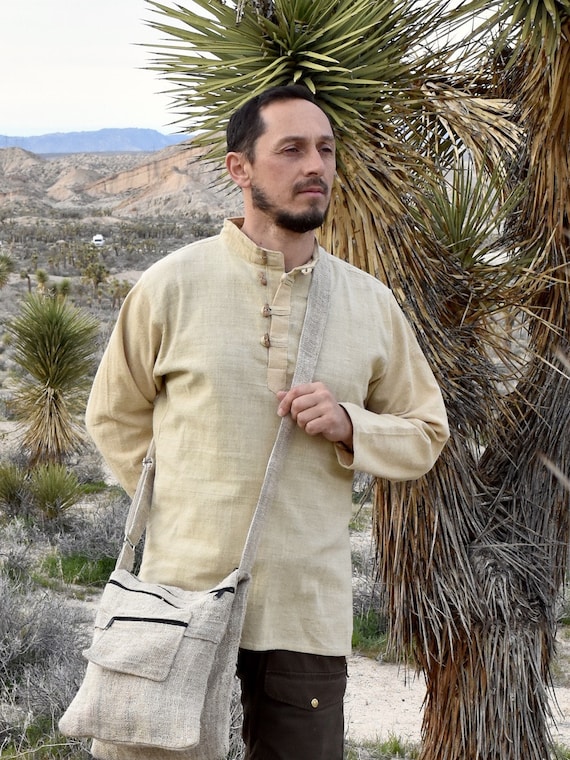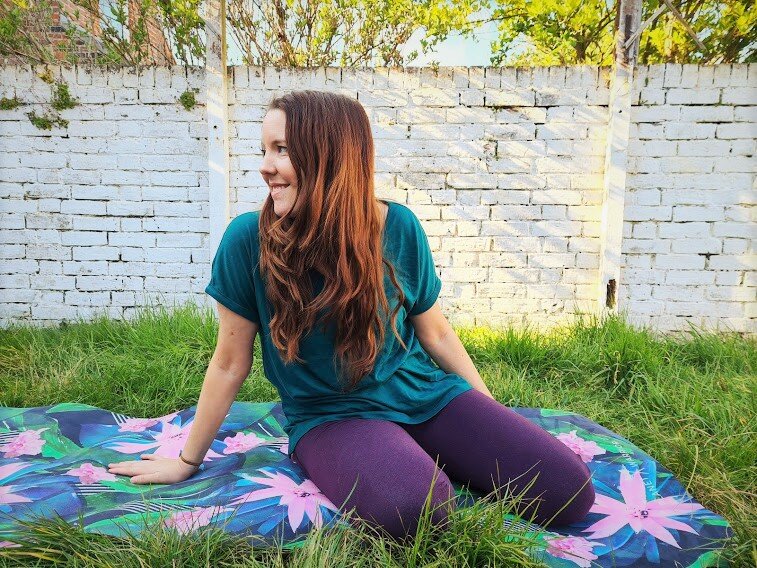Handy Facts For Selecting Hemp Clothes
Wiki Article
What Are The Environmental Advantages Of Hemp Clothing That Is Low-Impact?
Low impact hemp clothing is much more eco-friendly than clothing made out of synthetic fibers. Hemp clothing offers several environmental advantages. It is very fast growing and requires less water as well as pesticides. Hemp can adapt to different soils and thrive in different climates.
Hemp uses less water than cotton, a crop known for its heavy consumption. This makes hemp an eco-friendly choice for clothes.
Hemp is often cultivated without synthetic pesticides, herbicides or other chemicals. This minimizes the ecological impact of chemical agriculture.
Hemp can help improve soil health because of its roots that are deep, which prevent erosion and compaction. It also leaves the soil in better shape for future crops.
Biodegradability Hemp fibers degrade naturally and biodegradable in time. Contrary to synthetic fibers, such as polyester which can take thousands or even hundreds of years to degrade.
Lower Carbon Footprint Hemp fibers are created with lower carbon footprint than synthetic materials. Furthermore, hemp is able to capture carbon dioxide from the air as it grows, acting as a carbon sink.
Hemp clothing is known to be durable and lasts for a long time. Hemp clothing of high-quality will last for a long time. They reduce the need for replacements, and can also reduce consumption.
Hemp plants have natural resistance to many pests. Chemical pest control is not required.
Hemp is a versatile material that has a variety of applications in textiles, like clothing, accessories, bags and many more. This makes it an eco-friendly, versatile option for fashion and textiles.
Regenerative Agriculture. Certain sustainable farming methods integrate hemp into the regenerative farming methods which seek to improving and restoring ecosystems while growing crops. This method has positive environmental effects.
It is vital to note that although hemp has the potential to provide numerous environmental benefits The sustainability of clothing also depends on other factors like the process of dyeing, transportation and consumer habits, for example. Additionally, just like in any other industry, production standards and practices may differ. To ensure that you are getting the most environmental benefit, look for organic hemp clothing that is sustainable and organic. View the top funny post for hemp clothing for more tips including hemp denim, hemp clothing for men, hemp textiles, hemp clothing wholesale, patagonia ranch jacket, hemp apparel fabric, hemp dress, hemp long sleeve shirt, hemp apparel wholesale, 100 hemp shirt and more.

How Does Hemp Clothing Compare With Other Fibres In Terms Of Quality And Function?
Hemp clothing is an eco-friendly alternative that provides many functional and technical advantages over traditional fibers. Here are some ways hemp clothing is an eco-friendly, high-performance alternative.
Hemp fibers have a high capacity to wick moisture away and are air-tight, which means that hemp clothing is comfortable regardless of the weather. They aid in wicking moisture away from your body. This will keep you dry and cool and less prone to smells and bacteria.
Temperature Regulation
Clothing made from hemp has excellent thermoregulatory abilities. Hemp clothing helps keep you warm by trapping heat close to your body and also cool you down in hot weather because it allows heat and moisture to escape. This natural temperature regulation will reduce the need to change your clothes frequently.
Longevity and Durability
Hemp is known for its durability. Hemp clothing is typically more durable, supple and resistant to wear than other fabrics like cotton. This makes hemp clothes last longer, reducing the frequency of replacements and, therefore less environmental impact.
UV Protection-
Hemp fibers provide natural UV protection by shielding the skin from damaging UV radiation. This can be particularly beneficial for outdoor activities and sports.
Biodegradability:
Hemp clothing is biodegradable. This means that it is able to be degraded in a natural manner in time. This reduces the environmental burden of waste textiles, unlike synthetic fibers which can remain in landfills for a long time.
Low Environmental Impact
Hemp is usually grown using fewer pesticides, herbicides, and synthetic fertilizers than cotton. Hemp also consumes less water and is therefore a more sustainable alternative. Organic hemp farming further enhances these eco-friendly attributes.
Carbon Sequestration
Hemp plants have the capacity to absorb carbon dioxide from the atmosphere while they expand. In turn, hemp cultivation is carbon sinks, helping in reducing greenhouse gas levels.
Sustainable Crop Rotation and Sustainability-
Hemp is easily integrated into crop rotation systems to enhance overall soil health. It also reduces the possibility of soil depletion or disease accumulation. This environmentally friendly farming method is the result of sustainable farming.
Versatility:
Hemp fibers are combined with other substances, such as organic cotton or recycled polyester, to create high-performance and eco-friendly blends of fabrics. This flexibility makes it possible to make innovative and sustainable textiles.
Low Toxicity-
Hemp is naturally low in harmful substances and doesn't require extensive processing using chemicals in its manufacturing, which reduces the environmental impact.
Apart from hemp's numerous practical and environmentally friendly benefits, it is important to remember that the sustainability of clothing can be affected by other elements such as dyeing methods transport, ethical working practices. Customers who wish to make eco-friendly choices should select clothing brands that make use of hemp and other sustainable fibers, and should prioritize transparency and ethical manufacturing. Read the top homepage for hemp clothes for more advice including 100 hemp clothing, hemp apparel, hemp denim, hemp tank top, patagonia island hemp pants, patagonia hemp overalls, hemp button down shirt, mens hemp t shirts, hemp fleece fabric, mens hemp clothing and more.

What are differences between Bamboo and hemp fibers?
Both hemp and bamboo fibers are plant-based fibres that are used to produce textiles. Each one has distinctive properties and characteristics. Here are some of the major differences between hemp fiber and bamboo fibre- 1. Plant Source-
Hemp- Hemp fibres are constructed from the bast of the stalks. Hemp is a pliable and quick-growing plant that has been cultivated for various uses over the centuries.
Bamboo- Bamboo fibres are produced by the cellulose of bamboo plants. Bamboo is grass species that has rapid growth as well as for its ability to regenerate quickly.
2. Fiber Characteristics
Hemp Fibers Hemp fibers have a reputation for durability and strength. Hemp fibers are among the most durable natural fibers and become softer after each wash and are therefore suitable for long-lasting textiles.
Bamboo Bamboo fibers are exceptionally soft and have a silky texture. These fibers may be softer and less durable than hemp, but are valued for their ease of use.
3. Texture and Feeling
Hemp- Hemp fabrics have rough, somewhat coarse feeling in the natural state. It is extremely comfortable, however it is quite different than bamboo.
Bamboo is silky soft and soft. It is often compared with the combination of silk and twill, which makes it very comfy.
4. Breathability, Moisture Wicking, and Breathability
Hemp- Hemp is naturally air-tight. Hemp also absorbs moisture. They can help keep your body cool and dry during hot temperatures.
Bamboo is also very ventilated, and it also wicks away the moisture. The micro-gaps improve the capacity of these fibers to regulate moisture levels and temperatures, keeping you in a comfortable position no matter what the conditions.
5. Environmental Impact-
Hemp- Hemp fiber is an environmentally friendly product due to its low water requirement rapid growth, as well as its resistant against pests. This means that it is less need for herbicides and pesticides. It is able to sequester CO2 from the air as it grows.
Bamboo is known for being ecologically sustainable. It is extremely durable, is fast growing and requires very little water. Moso is among the most sustainable bamboo varieties.
6. Processing-
Hemp- Hemp fibers require intensive processing to separate outer bast fibers from the woody core. Processing may involve decortication, retting and mechanical separation.
Bamboo- Bamboo fibers are typically produced through a chemical procedure known as the rayon or viscose process. This process involves chemically breaking down bamboo pulp. While this process raises environmental concerns if it is not managed in a responsible manner, certain bamboo textiles utilize closed loop systems to minimize chemical waste.
7. Versatility-
Hemp- Hemp fibers are multi-functional and are used in a wide range of applications, including paper, textiles, clothing construction materials, and much more.
Bamboo- Bamboo is typically used for clothing and textiles. But, it may be found in various other items like bed linen and towels.
Both bamboo and hemp are distinct and offer sustainability advantages. Choose between hemp and bamboo based on the qualities and properties that you're looking for and your environmental preferences. Take a look at the top koraoutdoor.com outdoor clothing for more info including bamboo cotton shirts, bamboo sports clothing, bamboo boxer shorts, bamboo t shirts ladies, bamboo tank tops, boody ecowear, womens bamboo t shirts, bamboo dress socks, bamboo tee shirts women, ladies bamboo t shirts and more.
